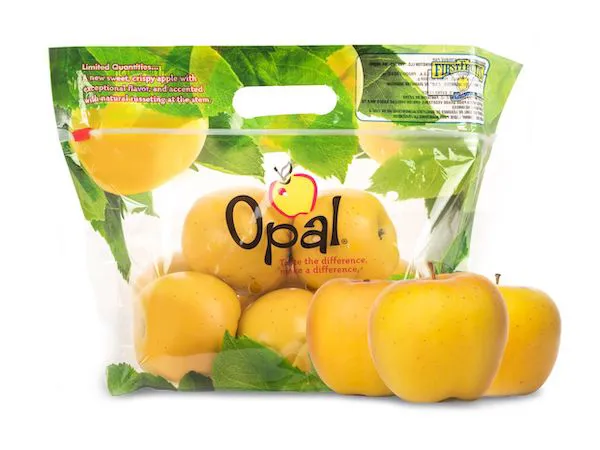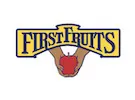An early heat wave across the Pacific Northwest has affected produce growth all around the region, but Chuck Zeutenhorst, vice president of First Fruits Farms in Prescott, Washington, is still optimistic despite a prediction of a smaller harvest. “I think we’re going to see a reduction in the overall crop size,” he said. “One of the latest estimates had us at approximately 125 million fresh bushel boxes. I don’t know if that’s going to be possible with some of the conditions because of some of that heat, and what it did to the fruit during the June and July time periods.”
“As an industry we’re very used to handling heat,” he continued. “It’s very normal for us to have temperatures over 100 degrees, but generally we get that heat in August. We don’t generally see that significantly in July and certainly almost never in June.”
“For the last three weeks or so we’ve seen just terrific weather for not only growing fruit larger but also to create really good color in all the varieties. So we’ve actually seen a complete turnaround in the last three weeks. It’s been great,” he said.
The early heat wave is contributing to higher cullage rates in some of the earlier picked varieties, which is when the apples aren’t considered fresh enough for consumers due to condition or grade defect, but Zeutenhorst is confident that because the weather patterns have made a favorable shift, that cullage rates may drop in some varieties as well.
“We’ve seen some situations with higher cullage rates in Gala. I don’t think we’re going to see it in varieties like Red Granny, Fuji, Pink Lady, that type of thing, but we do feel like some of the earlier maturing varieties like Gala, Golden, Honeycrisp, and some of those varieties, that we’ll see some greater fruit diversion from fresh because of what we experienced in heat earlier in the year.”
Zeutenhorst is also concerned about having enough labor to get the apple crop harvested. “Labor is always an issue for us and has become a huge issue across the country, obviously, during harvest periods, here we have a need for a huge influx of additional labor and I think one of our biggest concerns is if we’re able to get the entire regions crop harvested timely, that remains to be seen.”

A popular new variety
“The cornerstone of our new variety mix is the Opal. We’re going to see a significant increase in Opal production this year and we’re super excited about that. The opal apple is the number one new proprietary apple in the United States, it’s our apple, and it’s doing extremely well everywhere.”
“It's simply one of the best new eating apple varieties in the US and that’s why it’s doing as well as it’s doing. Hard, crisp, just an amazing apple to eat, so we’re excited about it, and continue to be, and it’s doing very well.”
 For more information:
For more information:
Chuck Zeutenhorst
FirstFruits Marketing
Tel: (509) 853-4721 direct
chuckz@ffm-wa.com
www.ffm-wa.com
